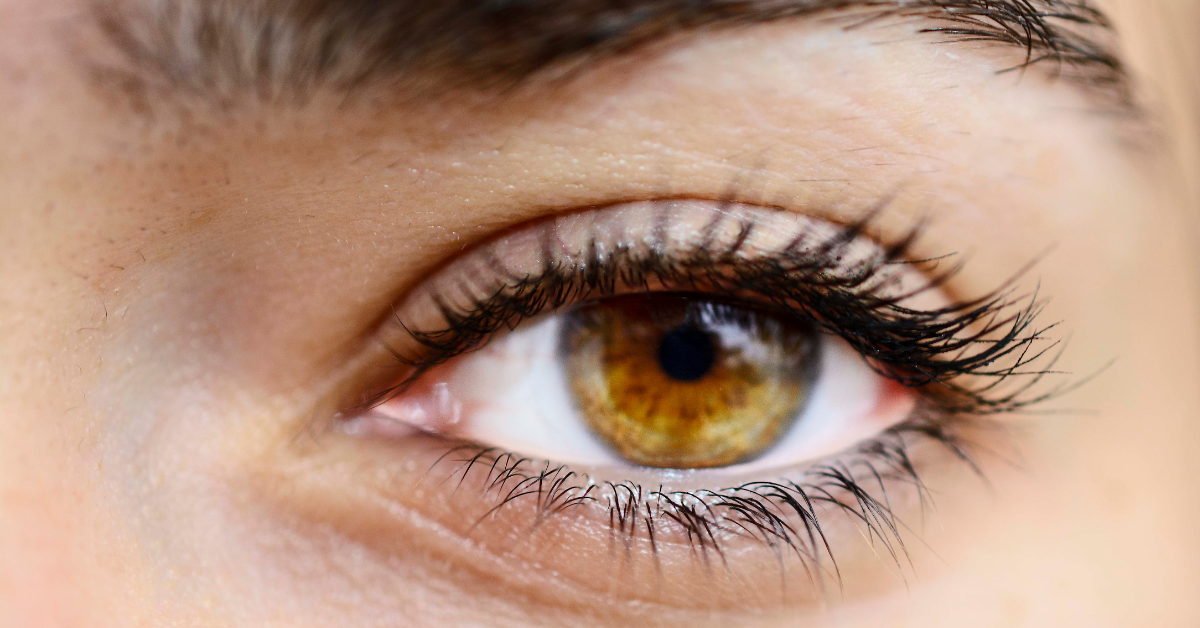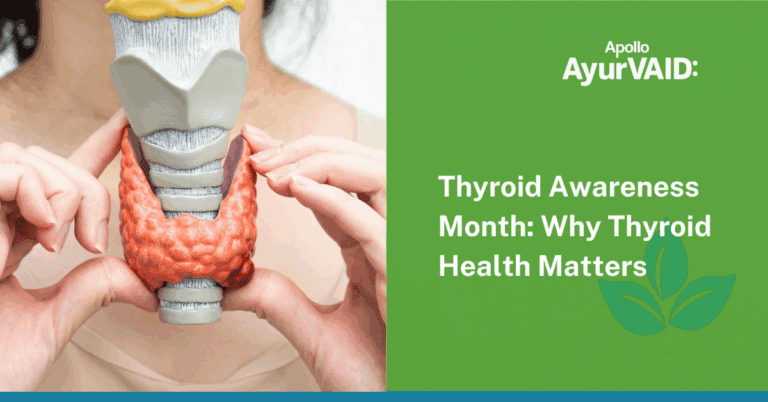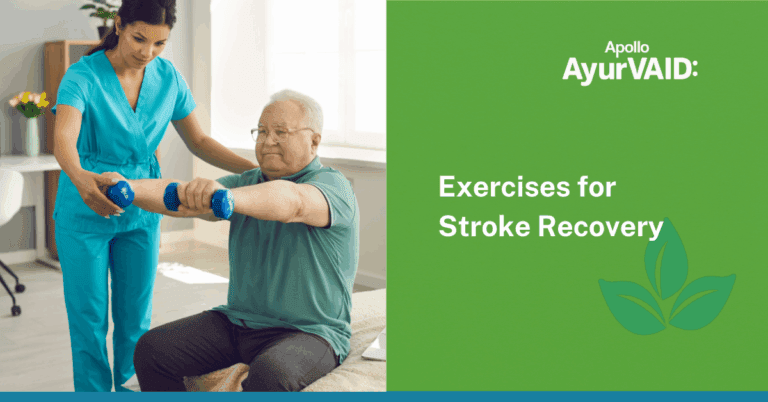July 23rd is World Sjögren’s Day—but for most people, it’s just another day on the calendar. It doesn’t come with colourful ribbons or TV ads. There’s no 5K run or mainstream buzz. Yet, for millions across the globe, this day is deeply personal.
Because if you’re living with Sjögren’s syndrome, every day is Awareness Day.
It’s a condition that hides in plain sight. It doesn’t always look dramatic. In fact, from the outside, you might look perfectly fine. But your body tells a different story: a story of burning eyes, aching joints, relentless fatigue, and a mouth so dry it hurts to speak.
And here’s the hard part—many people suffer silently. Some don’t even know what’s wrong. Others have been told “it’s just stress” or “you’re exaggerating.” That’s why Sjogren’s awareness isn’t just a medical checkbox—it’s a movement. It’s about being heard.
Let’s take this day as a chance to understand what Sjögren’s is, how it impacts lives, and yes, how Ayurveda views and supports those living with it.

What Is Sjögren’s Syndrome?
Sjögren’s syndrome is an autoimmune disorder. It occurs when the body’s immune system mistakenly attacks healthy glands, especially the ones that produce moisture. So, the hallmark symptoms? Dry eyes and dry mouth. But don’t stop there. The dryness is just the tip of the iceberg. Sjögren’s syndrome symptoms also include:
- Extreme fatigue
- Joint and muscle pain
- Swollen glands
- Difficulty swallowing
- Tooth decay due to a lack of saliva
- In some cases, problems with the lungs, kidneys, nerves, or even the skin.
It’s complex. It’s systemic. And it’s often misunderstood.
A Bit of History: Who Was Dr. Sjögren?
Why Sjögren’s Awareness Still Matters in 2025
Let’s be honest. In 2025, you’d expect a disease this common to be widely recognised. But still, many doctors miss it. Some patients go years—sometimes decades—without a diagnosis. And during that time? The body keeps getting damaged. Confidence takes a hit. People start to question themselves. That’s why Sjögren’s awareness matters. It shortens the diagnostic delay. It validates real pain. It saves time, energy, and health.
How Is Sjögren's Diagnosed?
Diagnosing Sjögren’s is not always straightforward. There is no single test. Rather, there are guidelines, classification criteria for Sjögren’s syndrome that doctors consider. The classification criteria include:
- Blood tests for autoantibodies, namely SSA/Ro and SSB/La
- Schirmer’s test (the amount of tear production)
- Salivary gland biopsy or imaging
- Assessment of symptoms like dryness, fatigue, and pain
Still, many fall through the cracks. Especially those who don’t present with textbook symptoms.
What Causes Sjögren’s Syndrome?
The causes are still being studied. But researchers believe Sjögren’s syndrome causes involve a mix of:
- Genetics
- Environmental triggers (possibly infections)
- Hormonal factors, particularly estrogen
Like many autoimmune diseases, it’s more common in women, especially over 40, but it can affect anyone at any age.
Ayurveda’s Perspective on Sjögren’s Syndrome
Now let’s shift lenses for a moment.
In Ayurveda, disease isn’t seen as isolated symptoms, but as an imbalance. When someone presents with dryness, fatigue, and gland dysfunction, an Ayurveda practitioner sees this through the lens of Vata and Pitta imbalance.
- Excess Vata → dryness, fatigue, nerve involvement
- Aggravated Pitta → inflammation, heat in the eyes and joints
But there’s more to it. Sjögren’s main clinical features—Xerostomia (dry mouth) and Conjunctivitis sicca (dry eyes)—closely resemble what Ayurveda describes as Udakavaha Srotodushti Lakshana (vitiation of the body’s fluid-carrying channels).
The ancient texts specifically mention symptoms like:
- ‘Jihwa Talu Ostha Kanth Klom Shosham’ – dryness of the tongue, palate, lips, and throat
- ‘Pipasam Cha Ativridham’ – excessive thirst
This is remarkably similar to what modern medicine identifies as the constant dryness and unquenchable thirst seen in Sjögren’s. In Ayurveda, the Udakavaha Srotas—the channels responsible for transporting fluids throughout the body—originate from the Talu (palate) and Kloma (believed to be the upper thoracic region or possibly the pancreas area).
The first signs of imbalance show up here: the dryness begins in the palate, then extends to the lips, gums, and throat. What disturbs these fluid-carrying channels? The classics tell us:
- Ushna Ahara (excessively hot foods)
- Ama (toxins from improper digestion)
- Bhaya (fear and chronic stress)
- Ati Pana (overconsumption of fluids/alcohol)
- Shushka Anna Sevana (dry, stale foods)
- Vega Dharana (suppressing natural urges)
These triggers weaken the Udakavaha Srotas and are also listed among the causes where Trishna (Thirst) treatment is indicated.
Ayurveda Management of Sjögren’s Syndrome
From an Ayurveda viewpoint, Sjögren’s syndrome is not just dryness—it’s a deeper issue of disturbed fluid balance, impaired digestion, and tissue-level toxicity (Ama). The body’s ability to create, transport, and retain moisture gets compromised, leading to the systemic symptoms seen in this condition.
*Ayurveda care focuses on:
- Strengthening Agni (digestive fire)
- Pacifying Vata and Pitta
- Removing Ama
- Using Rasayana (rejuvenative herbs) to restore vitality
Therapies like Nasya, Abhyanga (oil massage), and Snehana can support moisture retention and nervous system balance. While Ayurveda doesn’t offer a “cure,” it provides a deeply nourishing system of support—emotionally, physically, and spiritually.
Simple Diet Recommendations for Sjögren’s Syndrome
| Complaint | General Recommendations | Food Suggestions |
|---|---|---|
| Eye dryness |
– Avoid staying up late – Protect eyes from wind, dust, heat, and sun |
– Milk-based dishes – Soft porridge – Soups & stews |
| Nose dryness |
– Use nasal drops or practice Nasya – Herbal steam (optional) |
– Rice with milk & sugar – Porridge with milk, starch & almond oil |
| Mouth & GI dryness |
– Avoid spicy, dry, or hot foods – Stay hydrated – Use herbal mouthwash or gargle |
– Chicken soup, goat milk, whey water – Barley water – Plum or lemon sips for a saliva boost |
| Vaginal dryness / Dyspareunia |
– Apply natural oils – Use herbal suppositories or vaginal washes – Take a sitz bath with herbs |
– Herbal teas & warm broths |
| Fatigue / Chronic pain |
– Gentle exercise (walking, yoga) – Regular oil massage – Warm bath after oiling |
– Whey water, soft-boiled egg yolk, nut-rich foods – Energy-tonic foods like dates, ghee, or almond milk |
So What Can You Do on World Sjögren’s Day?
- Talk about it. Share a fact. Ask someone if they’ve heard of what is Sjögren’s syndrome.
- Listen. If someone says they’re tired or dry or in pain, believe them.
- If you’re living with Sjögren’s, take care today. Rest. Allow yourself to pause.
Final Thoughts: More Than Dryness
World Sjögren’s Day reminds us of something powerful: not all pain is visible. Not all warriors wear bandages. And not all medicine comes in pill form.
Whether you’re approaching Sjögren’s through modern immunology or Ayurveda, the goal is the same—balance, relief, and a life lived with dignity.
Let’s spread awareness. Let’s change the way we talk about invisible illness. And above all—let’s believe people when they say, “I don’t feel okay.”
That’s how healing begins.







